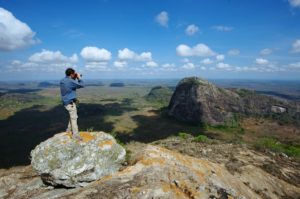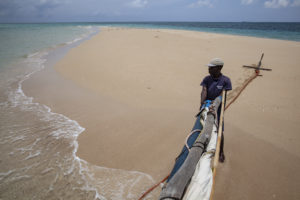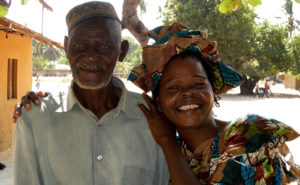Slavery
In the early 18th century, the already established slave trade in the region expanded as demand for slaves in the French Mascarene islands rose. Ibo’s strategic location was the departure point for many slaves from the Mozambique mainland, who would have arrived in Ibo en route to the Mascarene in much the same way as tourists do today – in caravans that would travel up the coast of Mozambique to Quissanga, before departing by boat for the islands.
The slave trade bought Ibo much prosperity. Streets of houses were planned and laid out and public buildings were erected around the plaza. By the beginning of the 19th century Ibo had become a well-established trading centre.
Despite being abolished in 1838, the slave trade continued for some time in Ibo. In 1856, when the island had a population of 2,422, with 51 citizens registered to vote, two-thirds of the population were slaves.












